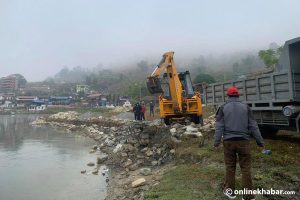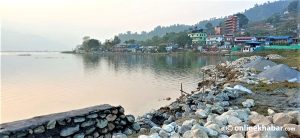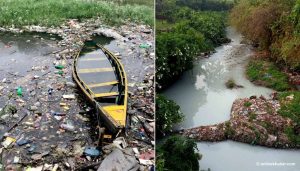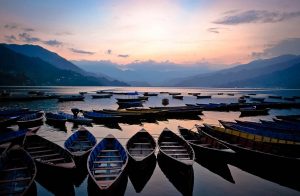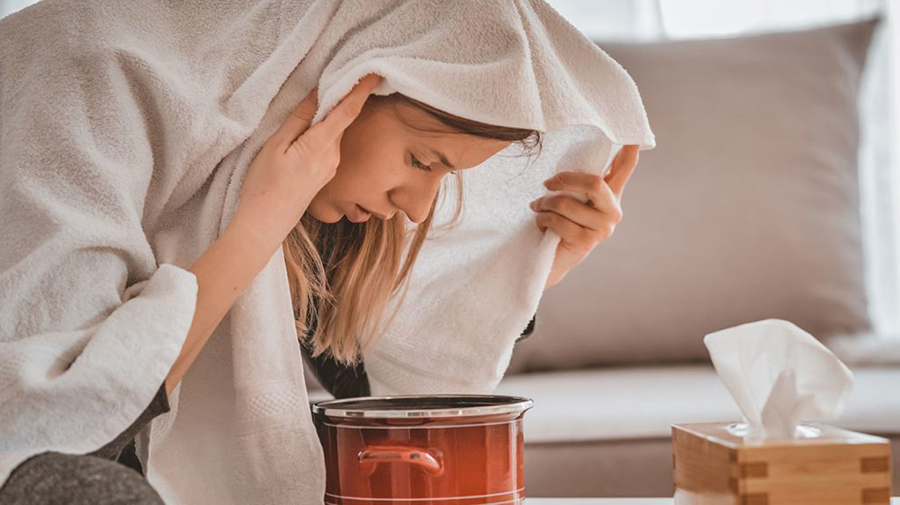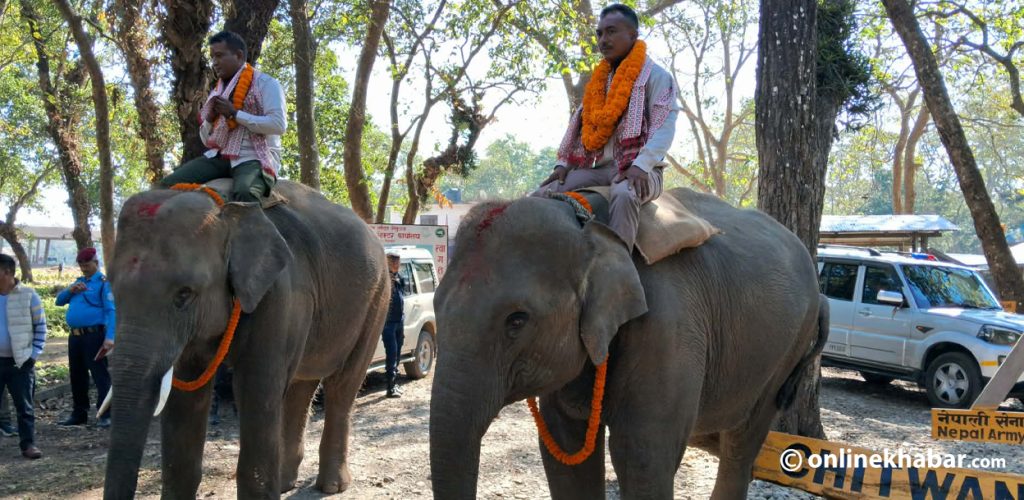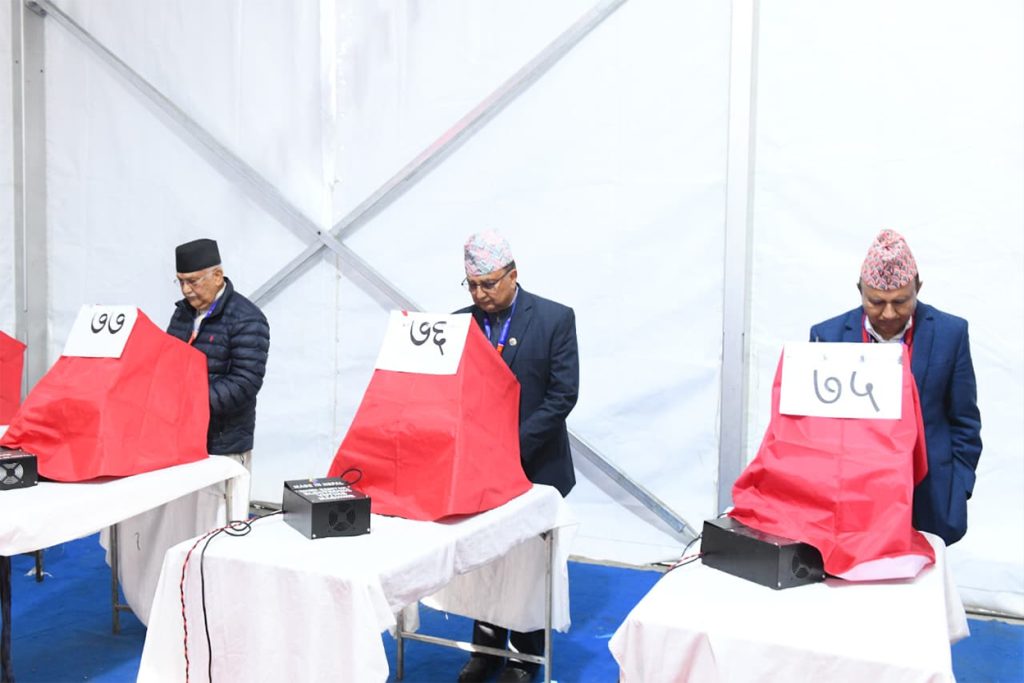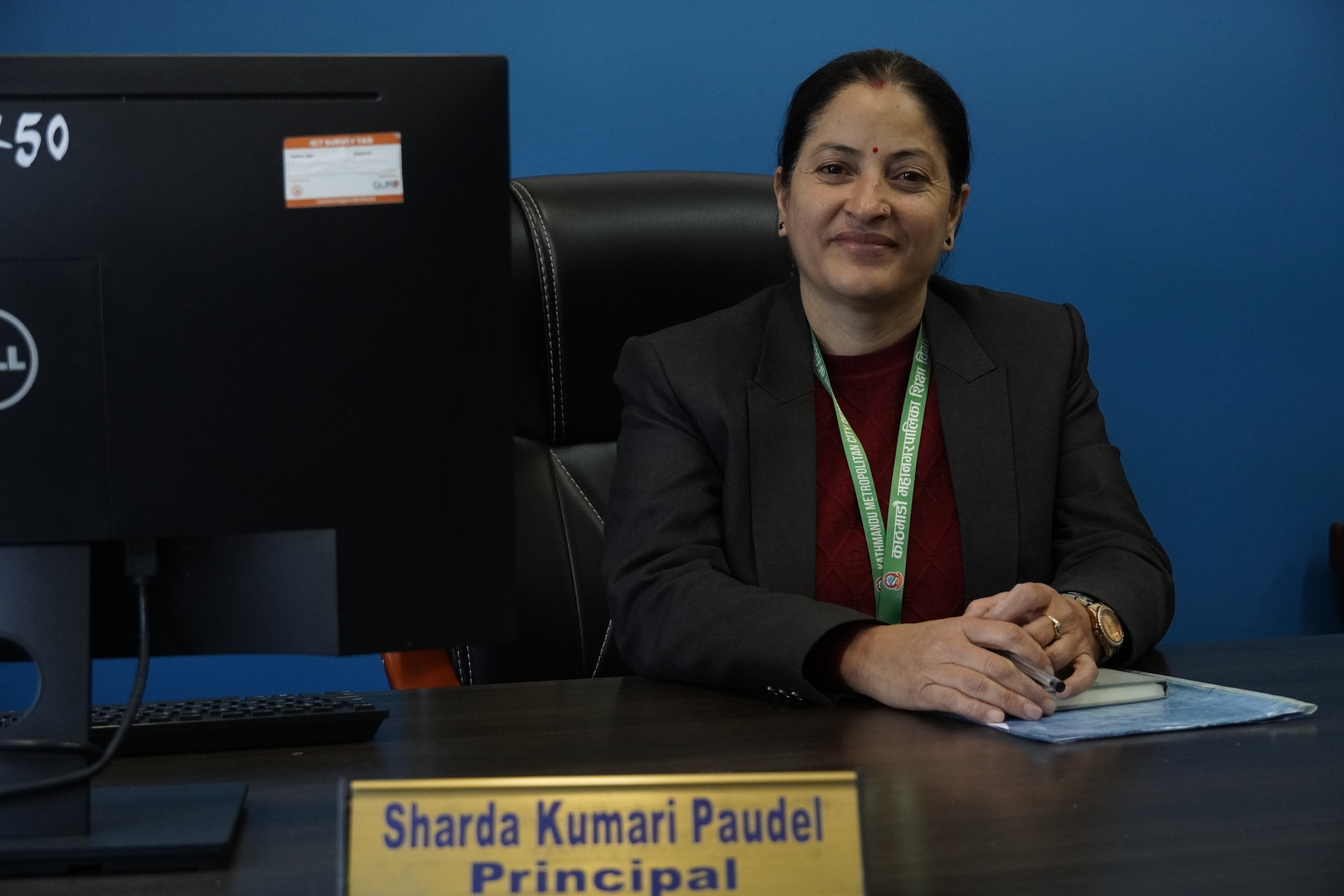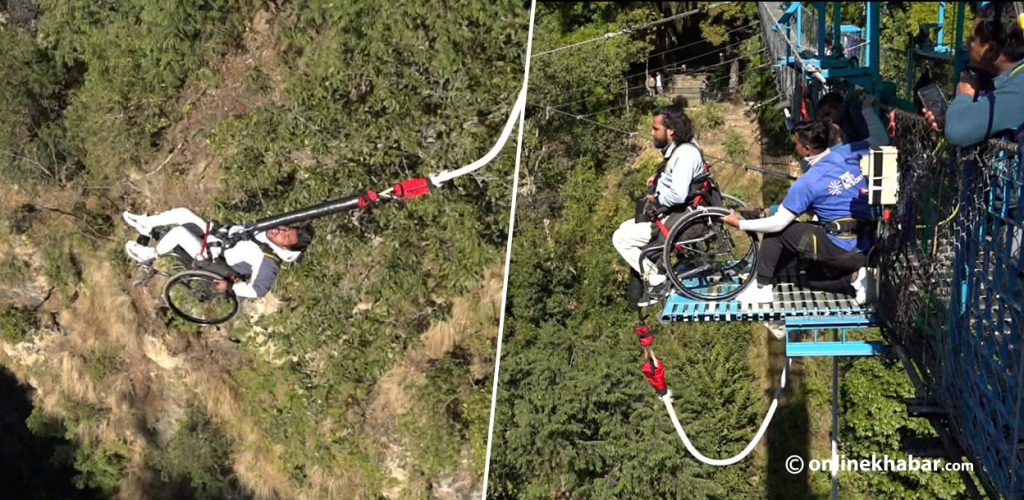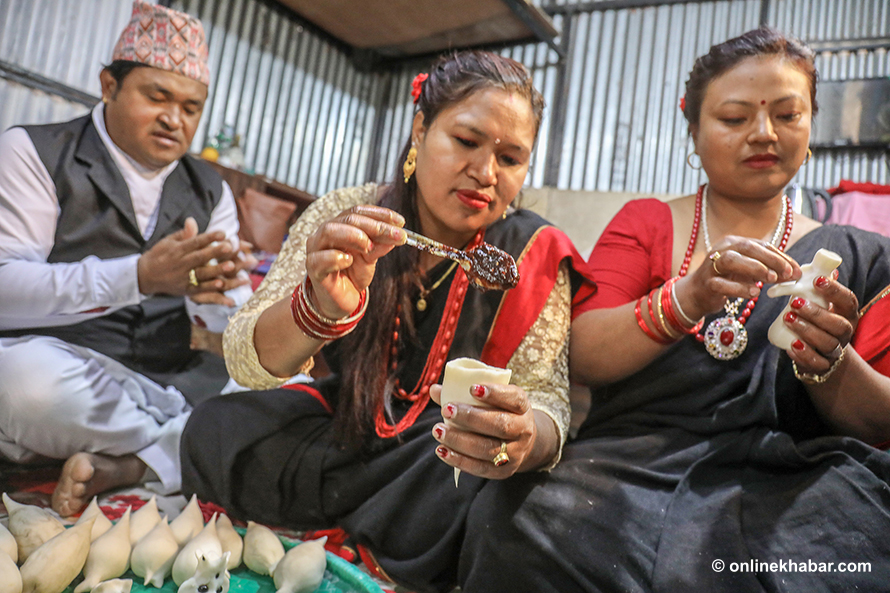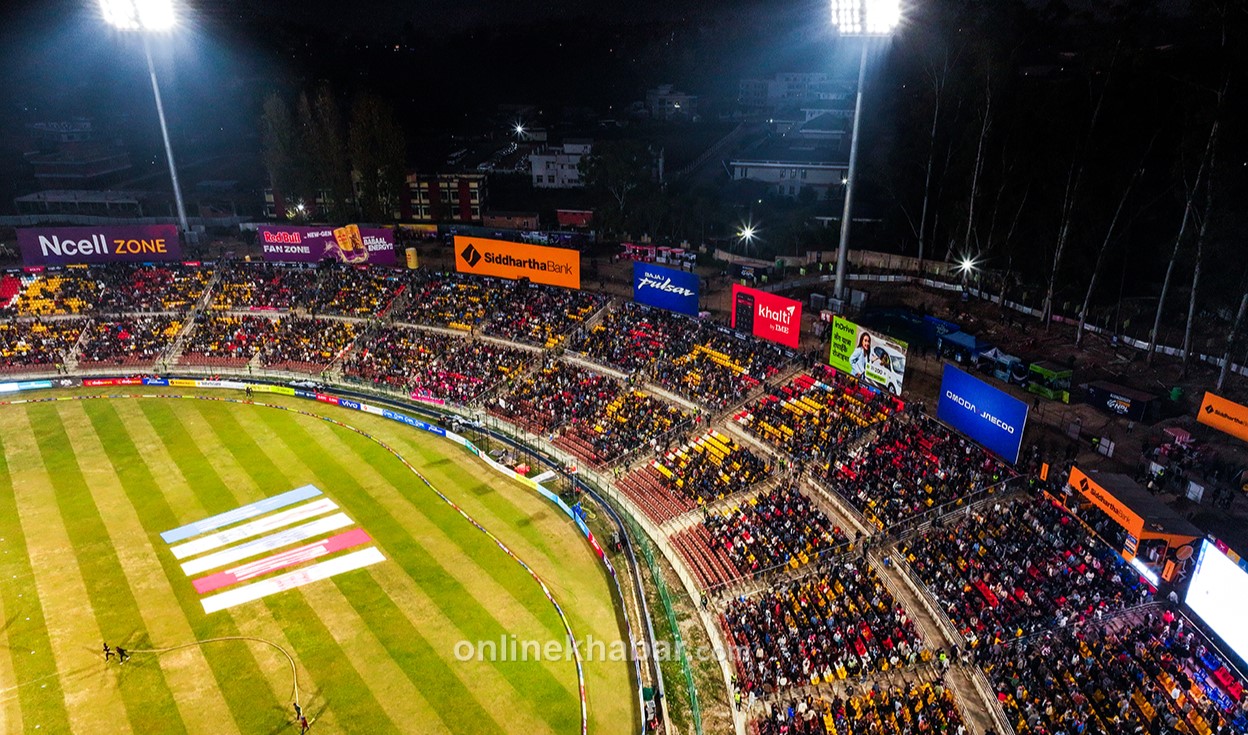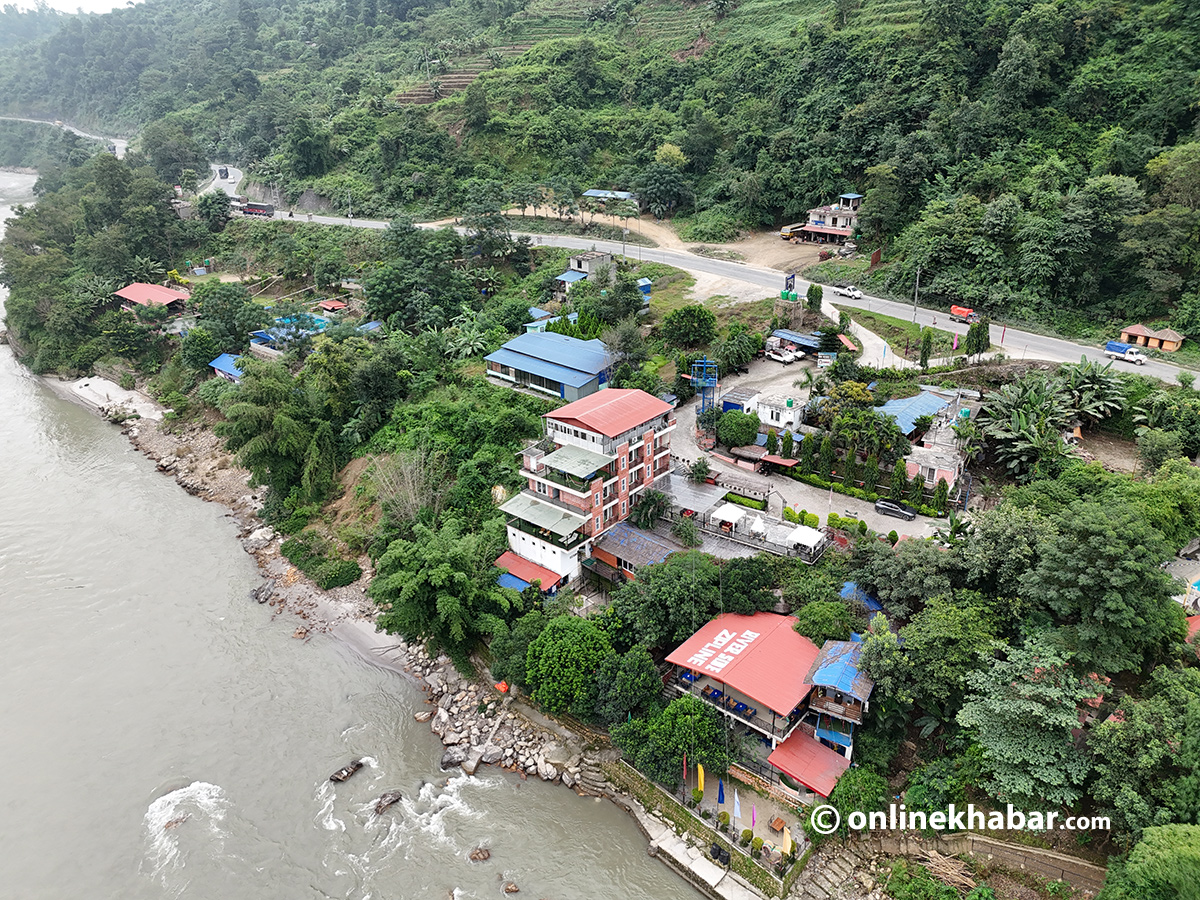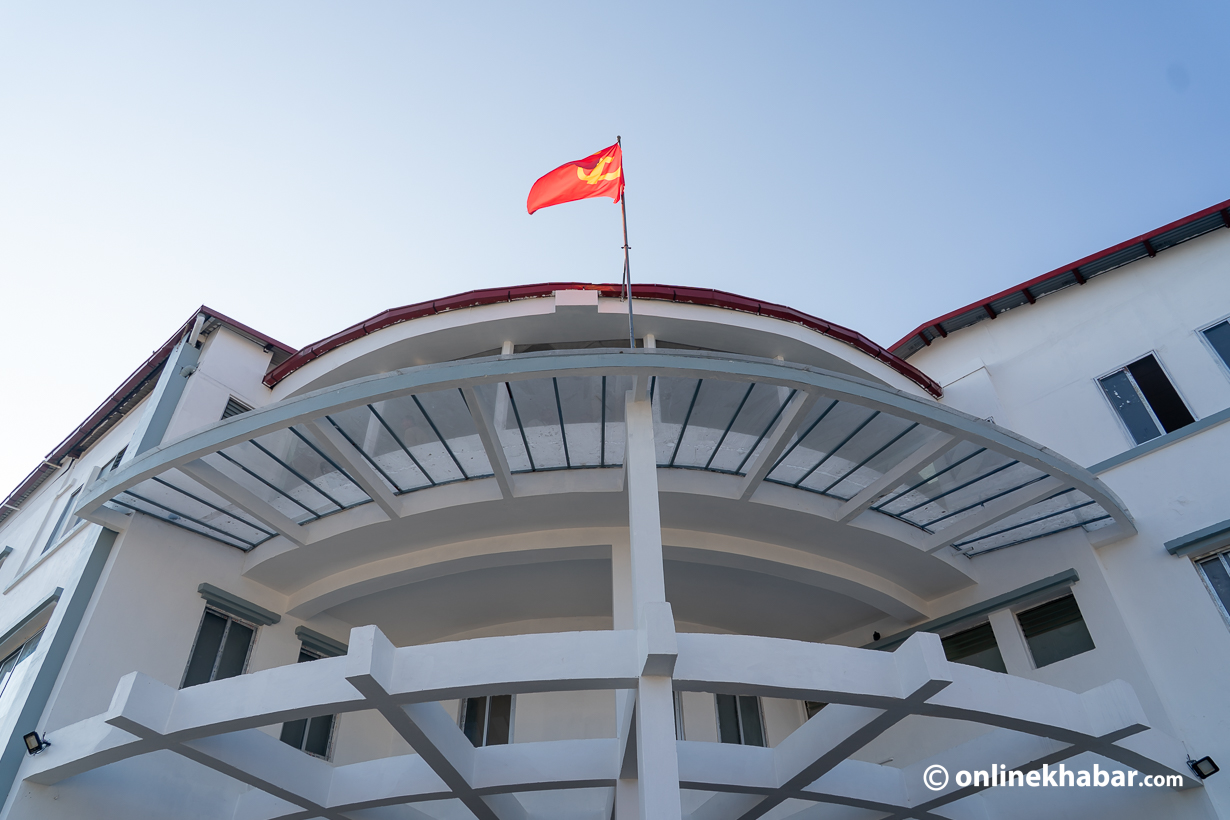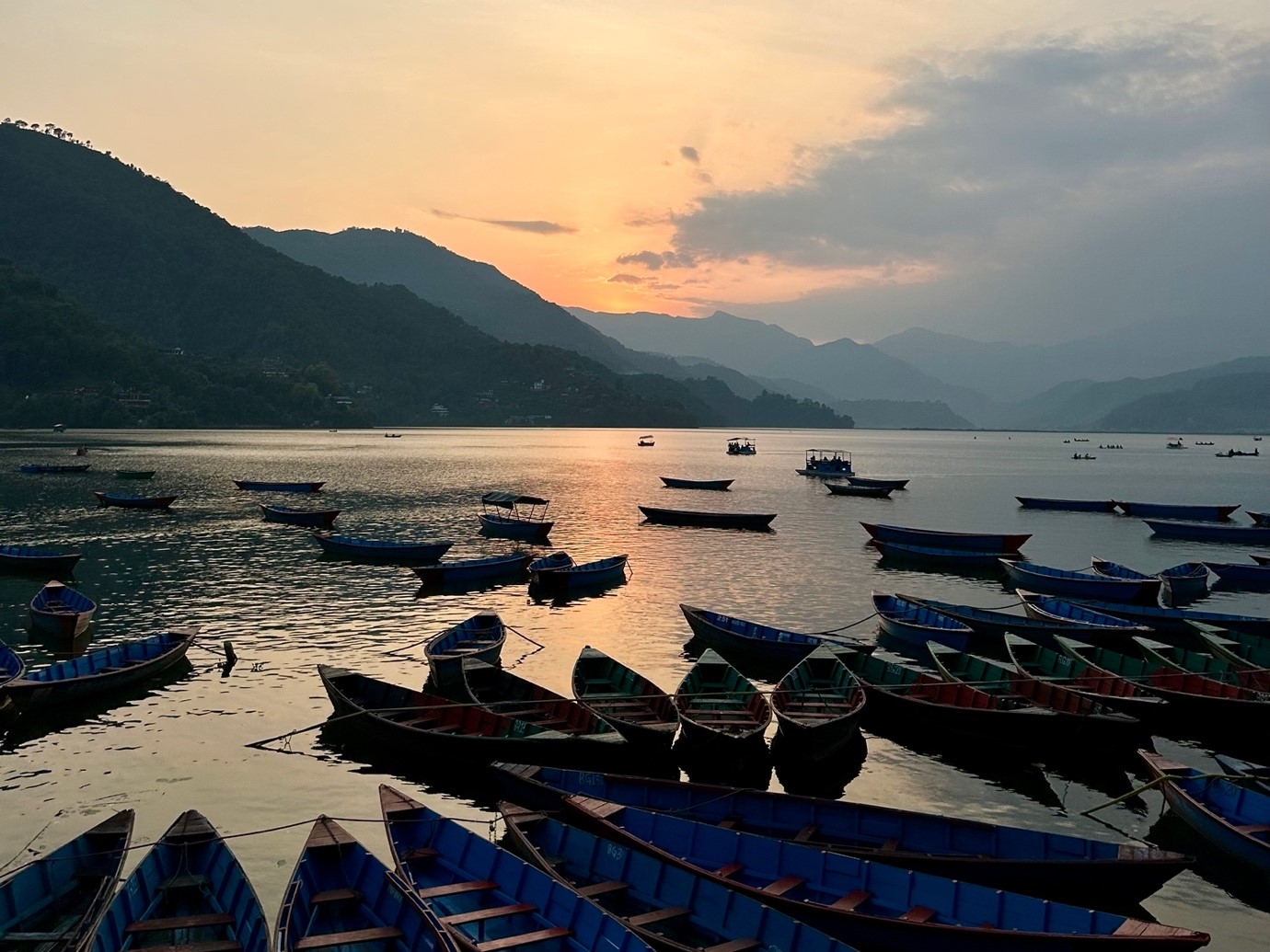
Phewa Lake is the heartbeat of Pokhara. Its calm surface reflects the Annapurna range. Boats drift across its waters. Children swim near the shore. Tourists and locals come to relax, wash, or pray. For many, the lake is a symbol of natural beauty and peace.
But is it safe to swim in?
A new study published in the Kathmandu University Journal of Science, Engineering, and Technology (Volume 19, Number 2, June 2025) suggests that we should look more closely. Researchers found signs of fecal contamination in the lake throughout the year. And after rainfall, the situation worsens significantly. Bacteria linked to human and animal waste levels rise far above international safety limits, yet swimmers remain unaware and unprotected.
Why should we care?
It is not practical to test water for every possible virus, parasite, or harmful germ. So scientists use “faecal indicator bacteria” instead. These bacteria live naturally in the intestines of humans and animals. On their own, they may not be dangerous. However, their presence in water means that faeces (or waste) has entered the system. And where there is waste, harmful microbes may follow.
The study focused on a group of these bacteria called thermotolerant coliforms. Warm-blooded animals release these bacteria into the environment through their faeces, after the bacteria multiply in their intestines.
Scientists measure the number of them present in 100 milliliters of water, roughly equivalent to half a small glass. The more bacteria found, the greater the risk that the water is unsafe to swim in, especially if someone accidentally swallows a few sips while playing or bathing.
During dry weather, most parts of Phewa Lake had between 3 and 60 coliforms per 100 milliliters. These numbers are relatively low and are considered safe for swimming by international standards.
But after the rainfall, the picture changes. In urban lakeshore areas, especially near the busy tourist zones of Lakeside and Damside, bacteria counts rose sharply. Some samples had 400 to 2,000 coliforms per 100 milliliters. To put this in perspective, the United States Environmental Protection Agency (EPA) sets a recreational safety limit of 300 thermotolerant coliforms per 100 milliliters. Phewa’s post-rainfall levels were sometimes more than six times this guideline.
The streams that feed into Phewa Lake are even more concerning than the lake itself. One of these streams, Phirke Khola at the east end of the lake, consistently contained more than 40,000 coliforms per 100 milliliters of water, even during periods of dry weather. Such consistently high levels indicate a continuous discharge of untreated waste into the stream. Another urban stream also showed similarly dangerous contamination levels, likely due to direct waste disposal from nearby hotels, homes, and businesses that lack proper sewage systems.
Richard G. Storey, a researcher from the Aquatic Ecology Centre at Kathmandu University, led the study in collaboration with the Gandaki Province Academy of Science and Technology (GPAST).
Mr. Ananta Dhakal, an intern from the GPAST and a co-author of the paper, assisted with this research. Dhaka Ram Bhandari, Executive Director of GPAST at the time, supported the research team and facilitated coordination with local stakeholders.
Should the public be allowed to swim in the lake?
Not all parts of the lake are equally risky. During dry seasons, the middle of the lake and the less-developed, forested, and agricultural shores had significantly lower bacterial levels. These areas may be relatively safe for recreational use. However, even a moderate shower of rain can make many near-shore regions hazardous.
Children are especially vulnerable. They often play at the shoreline, where contamination is high. Even a small amount of swallowed water can lead to diarrhoea, skin infections, cause a problem in the eye and ear. Visitors and locals alike should exercise caution, especially during the monsoon season.
The study also found that the water’s appearance can sometimes offer clues. Cloudy or muddy water, what scientists call “high turbidity”, was often linked with higher bacteria levels. So if the water looks murky after a storm, it is wise to stay out.
Solutions
The researchers call for immediate action. Nepal has national standards for drinking water, but lacks standards for recreational use, such as swimming or bathing in lakes and rivers. The government should create guidelines based on global best practices and apply them to lakes nationwide, not just Phewa.
Regular water monitoring is essential, especially during the monsoon and tourist season. Authorities should post warning signs when bacteria levels are too high. Currently, the public has no way of knowing whether the water is safe or not.
Infrastructure is also part of the solution. Pokhara still lacks a proper sewage system. Many drains from homes, hotels, and restaurants empty directly into the lake or nearby streams. Stormwater runoff carries animal waste from streets into the water. Policymakers and city planners can address these problems, but only if they commit to thorough planning and significant investment.
This study is not limited to just one lake. It is about the role of science in protecting public health and nature. Effective monitoring, policy development, and environmental protection require long-term institutional support. Unfortunately, the provincial government dismantled GPAST in early 2025, citing the need to reduce administrative costs. Without institutions like GPAST, who will do the essential research, engage with the communities, and provide policymakers with evidence-based recommendations?
The closure of GPAST is a setback not only for Pokhara but for science and accountability in the entire province. If local governments do not support science, then we lose the ability to understand and respond to problems like water pollution.
A beautiful lake, but a warning beneath the surface
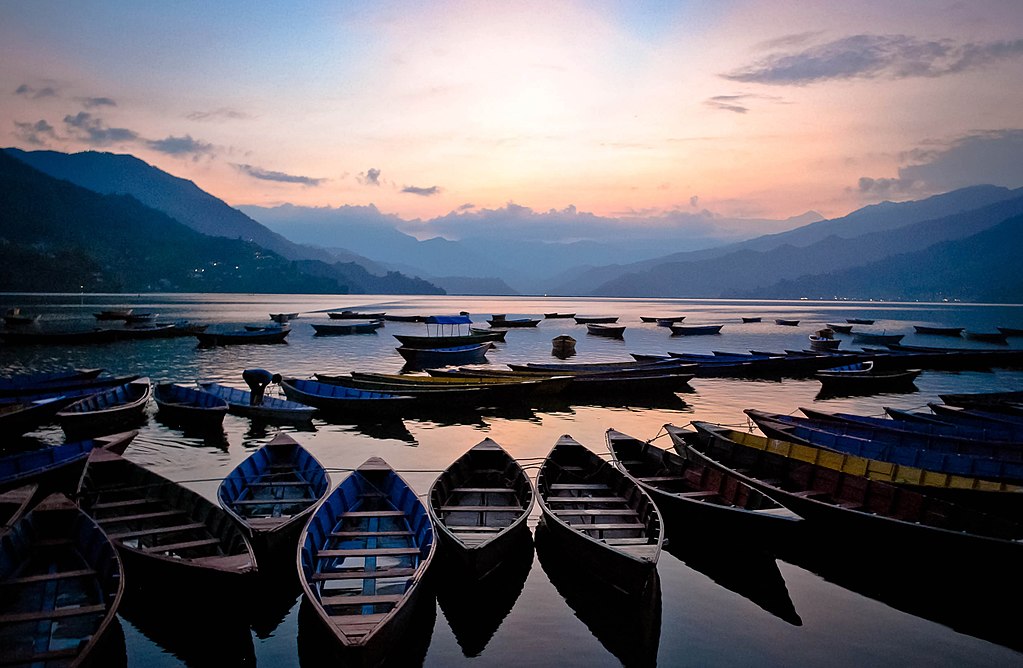
Phewa Lake is more than a tourist spot. It is an integral part of daily life in Pokhara. It is where families gather, where culture and commerce intersect, and where the city comes alive. But if we want to keep enjoying it, we must be honest about the challenges it faces.
The evidence is clear. Phewa Lake is beautiful, but parts of it become unsafe, especially after rain. Making it safe again will take more than studies. It will require action from city leaders, government officials, and communities.
With stronger public awareness, better policies, and effective institutions, we can protect this vital resource for everyone who depends on Nepal’s lakes and rivers.




